The same report explains how rising ocean temperatures causes coral bleaching, process that in 2016 alone affected more than 90% of that ecosystem and the continuous degradation significantly affected the Northern and Central part of the Reef.
The Great Barrier Reef is the largest living structure on Earth, being visible even from space and it stretches through more than 2.300 kilometers.
At the same time this is home to more than 1.500 tropical fish that share this place with dolphins, whales, birds and giant clams.
According to the Associated Press, this complex ecosystem is extremely important to Australia's economy as well, since before the pandemic, through tourism it was able to bring about US$5 billion each year and provide jobs for 64.000 people.
What's worse, according to the IPCC, is that it might be too late to stop coral bleaching at the current rate even if we were able to limit global warming rate at 1.5 degrees Celsius. The best thing we can get through this is reducing the occurrence of these events.
The most affected zones, according to the report , will be the shallow ones, where ocean warming will be felt the most and which will seriously destabilize these ecosystems.
IPCC specialists warn that there have been "mass bleaching" events of some species and point to three other events of this kind that happened between 2016 and 2020.
You can read more about the effects of the global warming on different areas of the planet here and here.
The entire IPCC report is available here.
 Mihai - Cristian Ioniță
Mihai - Cristian Ioniță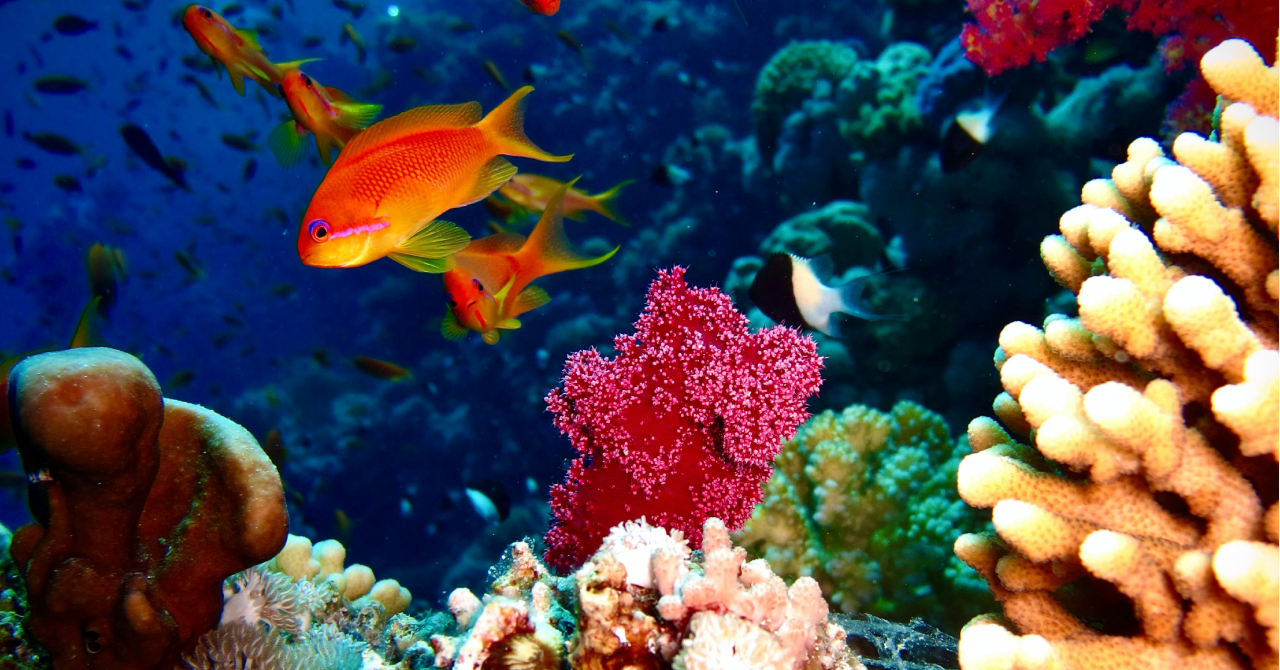

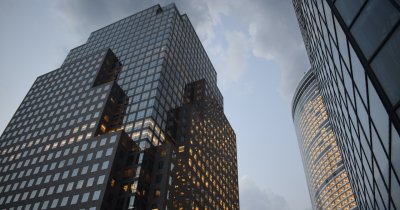


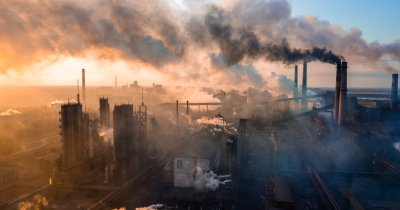




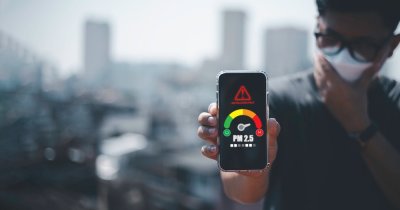

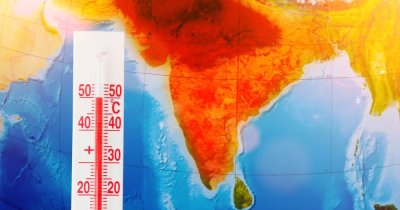
Any thoughts?